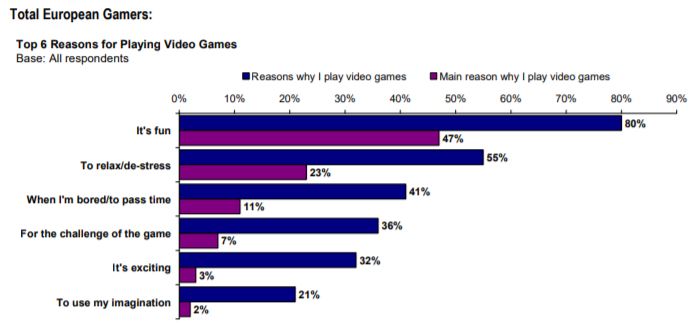Let’s (try to) create a video game
How will I earn the ten points for the Digital Media, Culture and Society course? A question that all students of this course are working on. If you can write well, then the choice to make ten blogs is obvious. Maybe you have had a YouTube channel in the past (or in the present) and you decide to edit one or more videos. The main question is how you want to convey your message. I would like this via interaction between my product and the user. An Interaction that I want to achieve through a video game.
Why do I want to develop a video game for this course? Firstly, with my video game I want to give more context to the subject of digital media. I wanted to show the most important developments in the history of computers in a diachronic way, through mini-games. On the advice of Dr. Mol, I decided to first develop one mini-game. This makes it clearer and afterward, even more mini-games can be added. I am currently investigating, on the basis of both written and digital sources, which significant development is best suited to mutate into a mini-game. Secondly, I already have some experience of producing video games. A relatively easy program to develop video games is GameSalad. Here you can develop games in an intuitive way, without having too much knowledge about programming (link with examples of games produced with GameSalad below). Finished projects can be uploaded online. Finally, as indicated earlier, I want to incorporate an interactive aspect into my project. A video game is perfect for that.
Now the main question is how I want to present my video game to you. Just like songs, a video game has its own genre. Each genre tries to address certain gamer thoughts and emotions. Research has shown that people mainly play video games because it is fun (see figure). This could explain why Super Mario Bros (and countless sequels) is still hugely popular after 34 years. However, the experience of whether you like something is subjective. Maybe you don’t like jumping on turtles or sliding through pipes and looking for something else in a game, such as a deeper message. A good example of this is the game Dys4ia. This is a game about the personal experience of someone who wants to change gender (link to the game down below). In this game gameplay is more in the background and it is mainly about transferring a message. This balance, of gameplay and message, may be difficult to achieve in a video game. My video game for this course must contain an educational feature. It is obvious to say that the message is more important than the gameplay. But what do you think? Would you prefer to play an educational game that has a lot of gameplay or is more focused on transferring information? Let me know in the comments section below.

Figure 1 – Reasons for playing video games
Nielsen Games, Video Gamers in Europe – 2008 (Brussel 2008) 8.
Every two weeks I will upload a blog with the progress of my project. The purpose of my blogs is to share my experience of developing a video game with you, both positive and negative experiences. Your interim (critical) input is greatly appreciated.
- Link to GameSalad Arcade: https://arcade.gamesalad.com/
- Link to Dys4ia: https://freegames.org/dys4ia/


It sounds like a very interesting project you are about to embark on. I really like how you explain your motivation behind creating a videogame as an educational tool, and although for many people videogames might primarily be something fun, there are enough games out there that have more to offer. And even regular videogames might be able to teach us something. For example, when I was younger, I played (a little bit too much) Runescape, which unconsciously helped me improve my English. As for your question, I think it is up to you to find a reasonable balance between giving information/transferring a message on the one hand and gameplay on the other hand. Just have fun with it!
Roy, thanks for the comment! I agree with the fact that even regular videogames can teach us something. Assassin’s Creed can be considered as a ‘regular’ videogame that gives us an insight into historical events (even if the story is fiction).